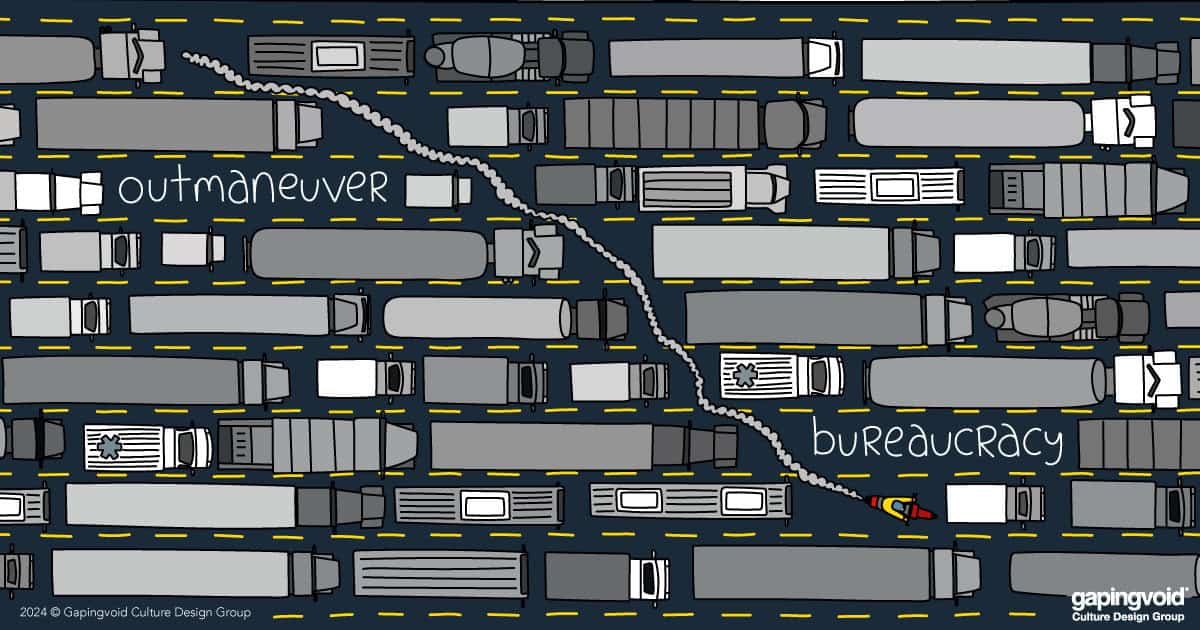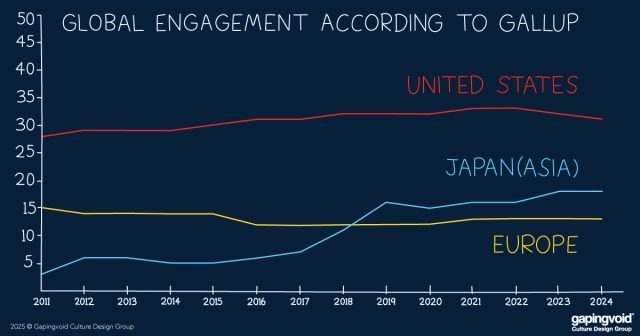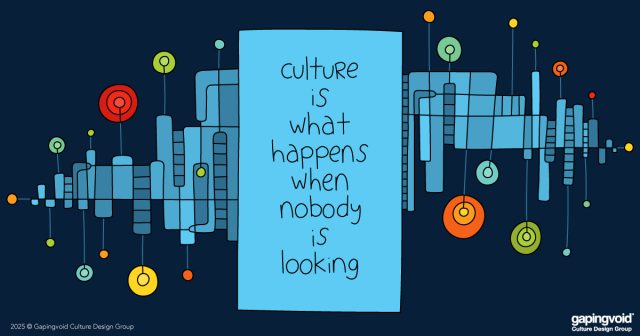
One of the hardest questions in business is how to scale.
The great startup VC, Paul Graham, talks about this in one of his essays, “Founder Mode”.
As companies grow, they often shift from what Grpham calls “Founder Mode” to “Manager Mode.” The latter usually means “Find the best people, delegate everything, then get out of their way.”
But, as Graham says,
“Hire good people and give them room to do their jobs. Sounds great when it’s described that way, doesn’t it? Except in practice, judging from the report of founder after founder, what this often turns out to mean is: hire professional fakers and let them drive the company into the ground.”
This is hard enough. Now imagine how someone could maintain this agile, “founder” mindset within a vast bureaucracy like a multinational or the US Department of Defense?
Jonathan Mostowski, author, public speaker, and president of Agile Acquisitions LLC, tackles this question in his book, “Leading Agile Acquisitions: A Guide to Changing Culture in Government Acquisitions.” (Also featured over on the Defense Mavericks Podcast).
Mostowski’s big insight is that you can’t simply “Hack The Bureaucracy” or adopt a “Move fast and break things” mentality, especially not in the world of acquisitions. At least, not more than once. It usually backfires creating more enemies and leading to the creation of more not less red tape.
Instead, he proposes five rules to live by:
- Anything can be done better. You can’t change the whole thing overnight, but you can create pockets of excellence.
- Reward actual breakthroughs, not just the usual box ticking
- Deeply understand rules and regulations (especially FAR – Federal Acquisition Regulation) before trying to change them. Paraphrasing Picasso, you need to master the rules before you can break them.
- Create a culture of responsible risk taking (an art in itself).
- You must know Rule #3 in order to do Rule #4.
The core insight? To create meaningful change in any bureaucratic system you can’t opt out. You must first understand it intimately and fall in love with its complexities.
The real innovation isn’t necessarily in the R&D, or product development but in the way we navigate the system itself. Perhaps the greatest skill in today’s complex, dynamic world is the ability to see the system for what it is, accept its constraints, and elegantly maneuver within and around it to create change. It’s hard work, and in a world that glorifies disruption, perhaps not even that glamorous. It’s hard work, and in a world that glorifies disruption, perhaps not even that glamorous. But as Mostowski points out, there is a silver lining: if you can navigate change in acquisitions – the most bureaucratic of bureaucracies – you can do it anywhere. And that might be the sexiest thing of all.



